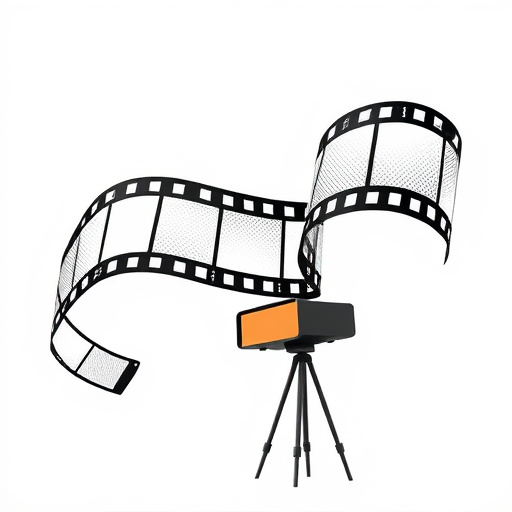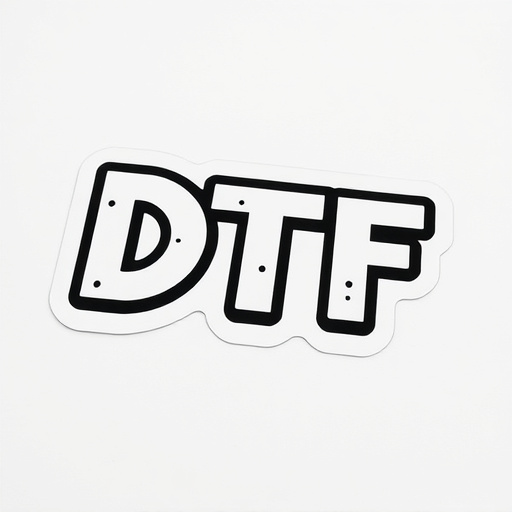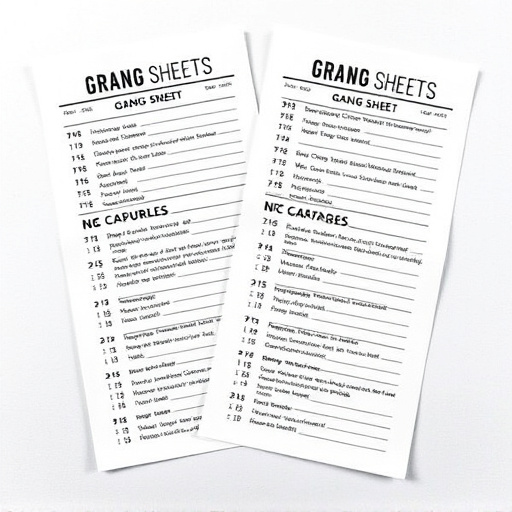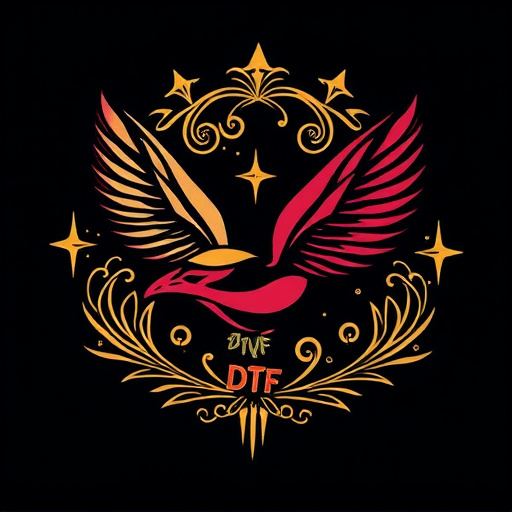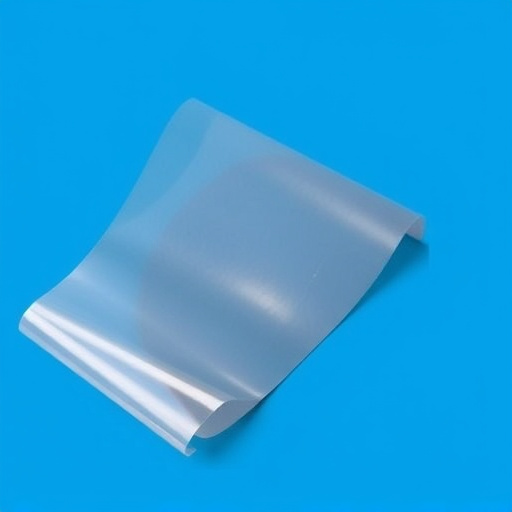DTF Transfer Film is a revolutionary eco-friendly printing technology, streamlining production, reducing waste, and offering precise color matching. It enables faster turnaround times for diverse applications like custom art and promotional merchandise, while minimizing water usage and toxic ink exposure. This game-changing solution meets the demand for sustainable practices in the printing industry, promising a future where vibrant prints and environmental responsibility coexist.
“Discover how DTF Transfer Film is revolutionizing sustainable printing practices. This innovative technology offers an eco-friendly alternative to traditional methods, reducing environmental impact significantly.
The article delves into the benefits of DTF film, exploring its role in minimizing waste and energy consumption. We examine its contribution to a greener future for the printing industry, considering both current applications and emerging trends. Uncover why DTF transfer film is a game-changer in sustainable print solutions.”
- Understanding DTF Transfer Film and Its Benefits for Sustainable Printing
- Environmental Impact: How DTF Film Contributes to Eco-Friendly Practices
- The Future of Sustainable Printing: DTF Film's Role in the Industry's Evolution
Understanding DTF Transfer Film and Its Benefits for Sustainable Printing
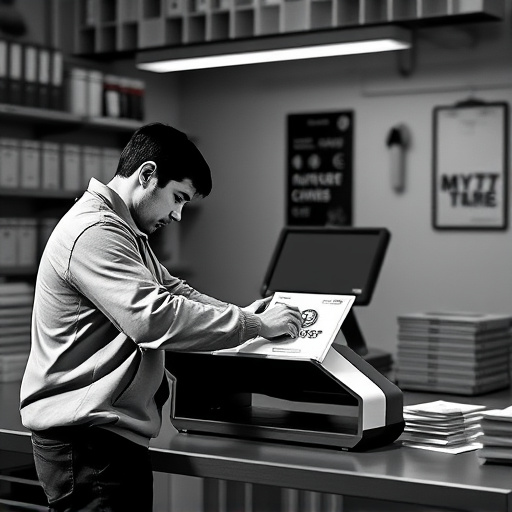
DTF Transfer Film is a revolutionary innovation in the printing industry, offering an eco-friendly alternative to traditional methods. This technology enables the direct application of ink onto film, simplifying the transfer process and significantly reducing waste. By eliminating the need for intermediate steps, DTF Printing Services can achieve superior dtf print quality while minimizing environmental impact.
The benefits of using DTF Transfer Film are numerous. It streamlines production, enabling faster turnaround times and efficient use of resources. Moreover, its precision allows for intricate designs and detailed prints, making it ideal for various applications, from promotional merchandise to custom art pieces. Direct to film transfers ensure that every project is tailored to specific requirements, contributing to a more sustainable printing process.
Environmental Impact: How DTF Film Contributes to Eco-Friendly Practices

The environmental impact of traditional printing methods has long been a concern, with excessive use of water, toxic inks, and paper waste contributing to significant ecological issues. This is where DTF Transfer Film steps in as a game-changer. By utilizing direct-to-film printing technology, this innovative material reduces the need for water and minimizes exposure to harmful chemicals. The process involves precisely transferring designs onto the film, which can then be applied to various surfaces like fabric, allowing for efficient and eco-conscious production of custom dtf printed shirts and dtf design transfers.
Moreover, DTF color matching offers a precise and accurate way to replicate colors, reducing the often significant amount of waste associated with achieving perfect shades in traditional printing. This not only saves resources but also contributes to a more sustainable approach to dtf transfer film, ensuring that businesses and creators can meet their sustainability goals while delivering high-quality, personalized products.
The Future of Sustainable Printing: DTF Film's Role in the Industry's Evolution
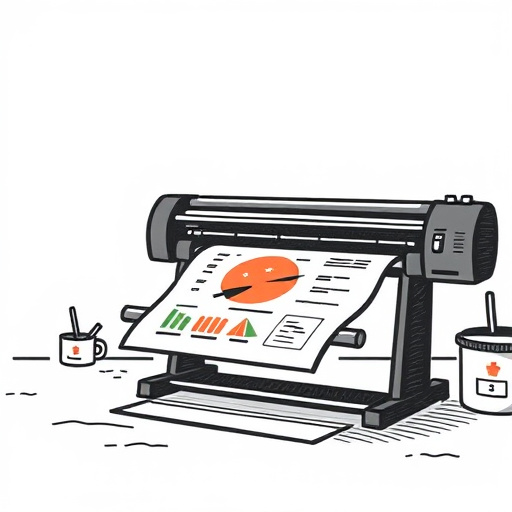
The printing industry is undergoing a significant transformation, with sustainability at the forefront of innovation. As consumers and businesses become increasingly conscious of their environmental impact, there’s a growing demand for eco-friendly production methods. DTF (Direct to Film) Transfer Film plays a pivotal role in this evolution, offering a solution that reduces waste and minimizes the carbon footprint associated with traditional printing processes. By enabling precise and efficient application of designs onto various substrates, DTF film supports the creation of vibrant, high-quality prints while promoting sustainability.
DTF transfers ready to press streamline the production process, allowing for on-demand printing and minimizing overproduction. This not only reduces waste but also ensures that businesses can cater to a wide array of customer preferences with minimal environmental impact. The ease of online ordering for DTF film further facilitates this trend, making it accessible for small businesses and artists to adopt sustainable practices without sacrificing quality or creativity. With vibrant designs achievable through DTF technology, the future of printing looks promising, combining artistic expression with ecological responsibility.
DTF Transfer Film emerges as a powerful ally in the quest for sustainable printing, offering a compelling blend of high-quality output and reduced environmental impact. By streamlining production processes and minimizing waste, this innovative technology contributes significantly to eco-friendly practices within the printing industry. As we look towards the future, DTF Film’s growing adoption signals a promising evolution, paving the way for more environmentally conscious printing solutions.
